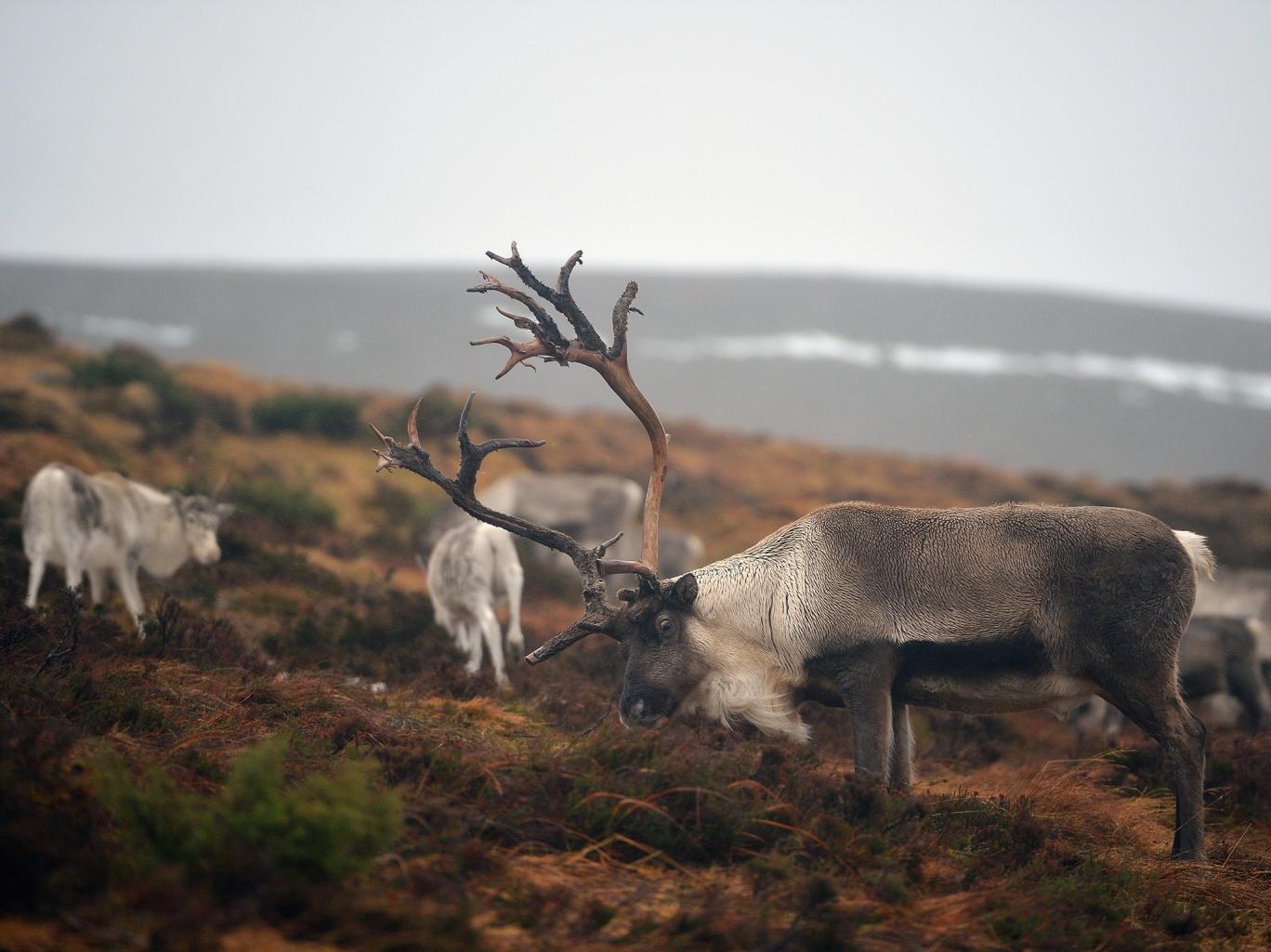Anthrax outbreak in western Siberia that left 13 in hospital blamed on 75-year-old reindeer corpse

Anthrax outbreak in western Siberia that left 13 in hospital blamed on 75-year-old reindeer corpse
Anthrax has broken out in Russia several times, including one outbreak stemming from a 1979 accident at a military facility.
First a heatwave hit Siberia. Then came the anthrax.
Temperatures have soared in western Russia’s Yamal tundra this summer. Across Siberia, some provinces warmed an additional 10 degrees Fahrenheit beyond normal. In the fields, large bubbles of vegetation appeared above the melting permafrost — strange pockets of methane or, more likely, water. Record fires blazed through dry Russian grassland.
In one of the more unusual symptoms of unseasonable warmth, long-dormant bacteria appear to be active. For the first time since 1941, anthrax struck western Siberia. Thirteen Yamal nomads were hospitalized, including four children, the Siberian Times reported. The bacteria took an even worse toll on wildlife, claiming some 1,500 reindeer since Sunday.
According to NBC News, the outbreak is thought to stem from a reindeer carcass that died in the plague 75 years ago. As the old flesh thawed, the bacteria once again became active. The disease tore through the reindeer herds, prompting the relocation of dozens of the indigenous Nenet community. Herders face a quarantine that may last until September.
The governor, Dmitry Kobylkin, declared a state of emergency. On Tuesday, Kobylkin said “all measures” had been taken to isolate the area, according to AP. “Now the most important thing is the safety and health of our fellow countrymen — the reindeer herders and specialists involved in the quarantine.”
Anthrax has broken out in Russia several times, including one outbreak stemming from a 1979 accident at a military facility. To the south of Yamal, anthrax may rarely appear when infection spreads from cattle; a man died from such exposure in 2012, the Siberian Times reported.
Zombie bacteria that awaken from old corpses might sound like the stuff of an “X-Files” episode. The premise is far from a complete fiction, however.
For one, anthrax bacteria are hardy microbe. As University of Missouri bacteriologist George Stewart told the Missourian in 2014, the organisms turn into spores in the cold. They play the long game, waiting in the soil for the temperatures to rise. Once it hits a certain threshold, they morph back into a more mobile, infectious state.
In Missouri, anthrax tends to be more worrisome for farmers than for consumers. “It’s more of a threat if you’re a cow,” Stewart told the Missourian. “Cows are killed by anthrax when they pick up the spores when they’re grazing in grass or drinking water out of ponds, and that sort of thing.”
In Russia’s north, however, the situation is different. If the link between an old deer corpse and a new outbreak is confirmed, it will solidify concerns about anthrax some scientists have harbored for years. In 2011, two researchers from the Russian Academy of Sciences writing in the journal Global Health Action assessed the conditions required for anthrax to appear in Yakutia, a region to the east of Yamal that contains 200 burial grounds of cattle that died from the disease.
Citing earlier work from 2007, they estimated anthrax spores remain viable in the permafrost for 105 years. Buried deeper, the bacteria may be able to hibernate for even longer. At the same time, where meteorological data were available they indicate temperatures in Yakutia are increasing.
“As a consequence of permafrost melting, the vectors of deadly infections of the 18th and 19th centuries may come back,” the scientists warned, “especially near the cemeteries where the victims of these infections were buried.” Cattle grave sites should be monitored, they concluded, and “public health authorities should maintain permanent alertness.”
Anthrax microbes are not the only permafrost bacteria that have environmental scientists’ hackles raised. As University of Florida geologist Thomas S. Bianchi wrote at the Conversation in October, as the Arctic warms up it provides more organic matter for cold-climate bacteria to eat. Although the organic matter is ancient, it appears modern bacteria can still digest it. And as they consume the permafrost, the microorganisms excrete carbon dioxide — adding to the greenhouse gases already present in the atmosphere.
Политика конфиденциальности | Правила пользования сайтом







